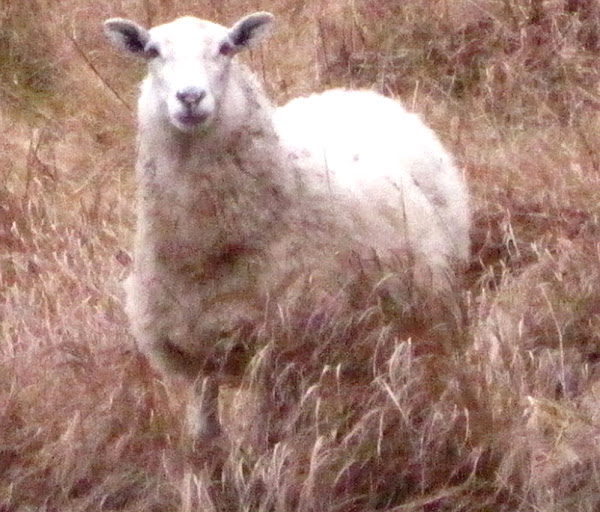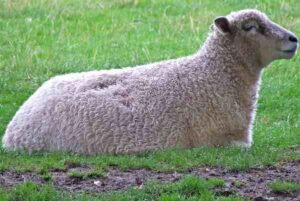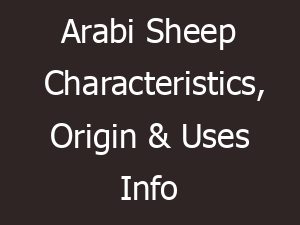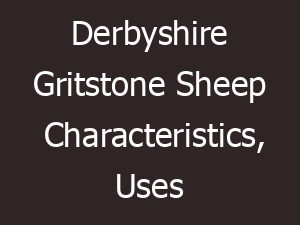The Newfoundland sheep is a breed of domestic sheep from Canada. It is native to Newfoundland, and the breed is also called as the Newfoundland Local.
The islands of Newfoundland are mainly supported through fisheries, for a long time. But a steady population of sheep has been present on the island since the 16 and 17 centuries.
And a native landrace has developed since that time. The Newfoundland sheep is a distinct genetic base, although it has never been fully recognized as a breed.
Known major contributors to the Newfoundland bloodlines are both North Country Cheviot and Border Cheviot.
And there may have also been contributions from other sheep breeds such as the Suffolk, Border Leicester, Dorset and Scottish Blackface.
Total population of the Newfoundland sheep breed is very less in it’s native region, and the number was less than 200 individuals at one point.
But today their total numbers have increased, thanks to attention by rare breed organizations, universities and farmers.
Although the breed is still considered critically endangered. Read some more information about this breed below.
Newfoundland Sheep Characteristics

Newfoundland sheep are medium sized animals, although they show fairly wide variability. The rams can be either polled or horned, and very few ewes are horned.
They usually appear in multiple colors. Photo and info from Wikipedia.
Uses
The Newfoundland sheep are used for general purposes. They can be used for meat, wool and also for grazing.
Special Notes
The Newfoundland sheep are very hardy and active animals. They are characterized by a great deal of hardiness. They are able to survive off of poor native forage.
Total number of these animals is increasing gradually, but it is still considered as critically endangered. However, review full breed profile of this breed in the following chart.
| Breed Name | Newfoundland |
| Other Name | Newfoundland Local |
| Breed Purpose | General |
| Special Notes | Strong and hardy, active animals, characterized by a great deal of hardiness, able to survive off of poor native forage |
| Breed Size | Medium |
| Horns | The rams can be either polled or horned, and very few ewes are horned |
| Climate Tolerance | Native climates |
| Color | Appear in multiple colors |
| Rarity | Rare |
| Country/Place of Origin | Canada |






